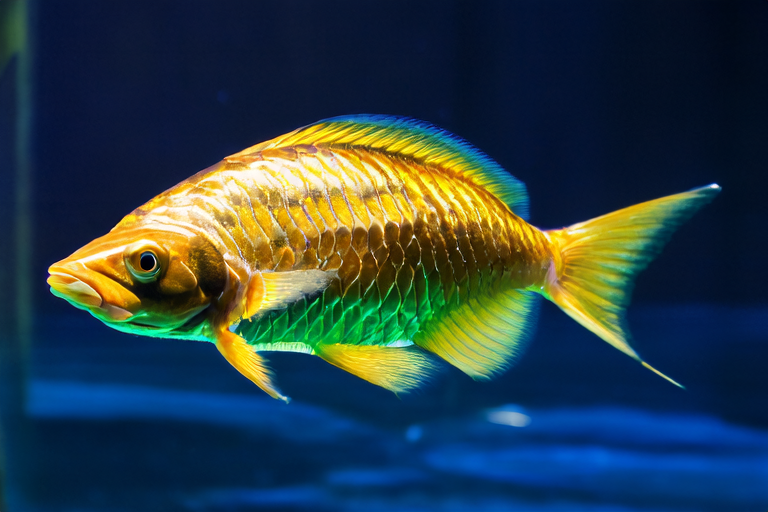Arowana: The Ultimate Exotic Pet Care Guide
Welcome to the comprehensive guide on caring for Arowana, one of the most fascinating and exotic fish species in the world. This guide will cover everything from basic information about Arowana to detailed care instructions, ensuring that both novice and experienced aquarists can provide the best possible environment for these majestic creatures.
1. Basic Information About Arowana
Types: There are several types of Arowana, including Asian Arowana (Scleropages formosus), Australian Arowana (Scleropages leichardti), and African Arowana (Heterotis niloticus). Each type has unique characteristics, such as coloration, size, and behavior.
Origins: Arowanas originate from tropical regions across Asia, Australia, and Africa. They inhabit rivers, swamps, and floodplains, where they thrive in warm, well-oxygenated waters.
Historical Background: Arowanas have been revered for centuries in their native lands, often symbolizing good luck and prosperity. In some cultures, they are even considered sacred animals.
2. Selecting Healthy Juvenile Fish
When selecting an Arowana, look for signs of vitality, such as clear eyes, smooth scales, and active swimming. Avoid fish with cloudy eyes, damaged fins, or lethargic behavior. It’s also important to check the water quality at the retailer’s tank to ensure it meets the necessary standards.
3. Water Quality Management and Filtration Systems
Maintaining optimal water conditions is crucial for Arowana health. Regularly test the pH level, ammonia, nitrite, and nitrate levels. Keep the pH between 6.5 and 7.5, and maintain low levels of ammonia and nitrite. Use high-quality filters designed specifically for large fish tanks to ensure proper filtration.
4. Setting Up the Aquatic Environment
Tank Size: Arowanas require ample space to swim freely. As juveniles, they need at least a 50-gallon tank, but adults may need up to 200 gallons or more depending on their size.
Decorations: Provide hiding spots and structures for your Arowana to explore. Use driftwood, rocks, and plants to create a natural habitat.
Temperature Control: Maintain a stable temperature between 78°F and 82°F (25°C to 28°C) using reliable heaters and thermometers.
5. Feeding Techniques and Diet Combinations
Arowanas are carnivorous and should be fed a balanced diet consisting of live or frozen foods like feeder fish, shrimp, and insects. Supplement their diet with high-quality pellets formulated for predatory fish. Feed them two to three times per week, providing enough food for them to consume within five minutes.
6. Common Health Issues and Preventive Measures
Monitor your Arowana for signs of illness, such as loss of appetite, unusual spots, or lethargy. To prevent diseases, quarantine new additions before introducing them to the main tank, and practice excellent hygiene when handling the aquarium.
7. Training and Interaction Methods
Arowanas can be trained to recognize their owners and respond to feeding cues. Gently introduce yourself by tapping the glass and gradually move closer until they associate your presence with food. Be patient and consistent in your approach.
8. Legal Considerations
Before acquiring an Arowana, research local laws and regulations regarding exotic pets. Some countries restrict or prohibit certain species due to conservation concerns. Ensure you comply with all legal requirements before bringing home your new pet.
9. Responsibilities and Commitments of Pet Owners
Owning an Arowana comes with significant responsibilities, including providing a suitable habitat, maintaining water quality, and addressing any health issues promptly. Commit to lifelong care and enrichment for your Arowana, ensuring they lead healthy and happy lives.
